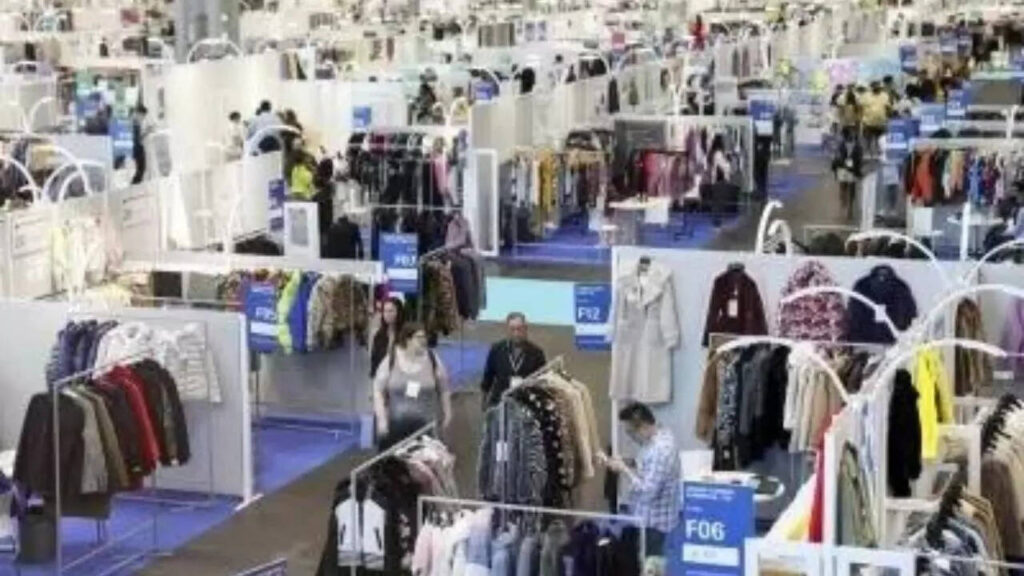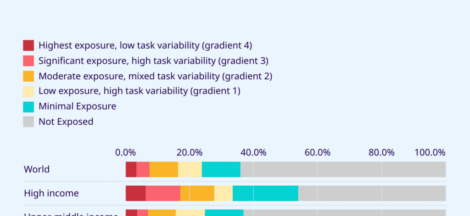By Kunal Bose
Some six weeks ago, I went to the only outlet of Marks & Spencer at the Forum Mall in Kolkata to buy clothes to be given as gifts of gratitude for the Bengali New Year, that is Naba Borsho. What surprised me to no end is the overwhelming majority of clothing items stored at the M&S shop is outsourced to Bangladesh. But that left me happy not only because my parents hailed from Bikrampur across the border but also due to the sophistication that the garment industry in Bangladesh had acquired to become the second largest foreign exchange earner of the country next to remittances from workers abroad, particularly in Saudi Arabia and the other Gulf countries.
Highly labour intensive and requiring a variety of skills, the garment industry is of strategic importance to the country’s economy and employment, particularly in urban centres. In a conservative and an overwhelmingly Muslim majority country, the export-oriented garment industry as it grew in size provided large-scale employment to women. In fact, the industry became a major platform for women to find economic independence giving them the rightful place in family and society. A recent study says women constituted 53 per cent of garment industry workforce in 2023, marking a decline from 56 per cent in 2014. In the early days of the industry, over 80 per cent of workers were women.
Economists and social scientists in the country make the point the industry could have played a more meaningful role in emancipation of women had it provided better work environment and wages and made arrangements for upskilling of women workers. Not long in the past, the devastating fires in some garment factories, resulting from absence of proper safety measures and stuffy work areas brought out the underbelly of the industry. Mighty foreign buyers could have prevailed upon garment factory owners to give better wages to women workers along with providing healthy working condition. But things are changing for the better now, albeit slowly.
Whatever that is, next only to the gigantic Chinese garment industry whose export earnings of over $300 billion represent more than 30 per cent of the global textile export market, Bangladesh garment exports were a source of foreign exchange earnings of approximately $47 billion in 2022-23. Rising labour costs and the West’s attempts to secure imports from other sources – in this instance, the beneficiaries are countries like Bangladesh, India, Vietnam and Indonesia – and trade tensions with the US have not left any impact of significance on the Chinese industry. Unlike in many developing and least developed countries (for example, Bangladesh), the Chinese garment industry is vertically integrated. Not only is China the world’s largest producer of cotton – the 2024 output was up 9.7 per cent year-on-year to 6.164 million tonnes – but everything that goes in the making of finished garments is locally produced and on a scale leaving considerable export surpluses.
Now consider Bangladesh. While the US, European Union and Canada happen to be the major export destinations of garments produced in Bangladesh using mostly foreign origin yarn, fabrics, threads, closures, trims and accessories, the top buyers from the south Asian country include H&M, Inditex, Primark, C&A, M&S and Uniqlo of Japan. Among the major suppliers of garments to the world market, Bangladesh has built a niche profile in low-cost garments sold at an average price of $3 per piece. This will explain why Walmart in the US, which wins the day on competitive pricing of all products on its shelves is rightly worried about the punishing tariffs proposed or actually levied by Trump Administration, including the hike in cotton products originating in Bangladesh to 37 per cent from the previous 16 per cent.
This made the US’ largest retailer to join forces with several other companies to say that the new high tariffs would be the reason to raise prices at stores. Though this is not an unreasonable proposition if genuine attempts are made to absorb a portion of the tariff related extra cost, Walmart going public on the fallout of raised tariff barrier has angered President Trump.
An enraged President has used his social media site Truth Social to say: “Walmart should stop trying to blame tariffs as the reason for raising prices throughout the chain… Walmart made billions of dollars last year, far more than expected.” No question, the company did very well in 2024-25, beating forecasts by most analysts with revenue growing 5.6 per cent to $684.2 billion and operating income 9.7 per cent to $29.7 billion.
Whatever Trump may hold against Walmart, the Americans continue to patronise the company, for it does not indulge in predatory pricing. Moreover, the buyers believe they are getting value for money. What makes Walmart such a success? The answer is: watchful eye on cost, imports at best possible prices, targeting optimal efficiency at all levels and excellent logistics which sets benchmark for the global retail industry. Overlooking all this, a miffed Trump says: “Eat the tariffs. Keep the prices down. I’ll be watching and so will your customers.”
Now see the dichotomy in what Trump said during the presidential election campaign and what he is doing after becoming the President. Ahead of the election, he promised that stemming inflation would be a major policy plank of his regime. But isn’t high tariff making imports expensive and, therefore, inevitability in spikes in consumer prices an antithesis to his campaign pledge? Trump will not even spare Federal Reserve chairman Jerome Powell for keeping rates on hold in “wait and see” posture on tariffs. In a flagrant violation of decent human behaviour, Trump called universally respected Fed chairman a “fool” and “a major loser” for holding on to rates. Trump’s tariff avalanche will affect almost everything that the US imports, including textiles and garments.
Walmart, which is a major buyer of garments from Bangladesh will have to have a strategy in place to do its normal business without falling foul of Trump Administration. What in the meantime is comforting for Dhaka is that Walmart “sourcing strategy” vis a vis Bangladesh remains “unchanged” in spite of political upheavals there. The company as a matter of policy will not reveal data relating to “purchasing details” from Bangladesh. Though not widely known, Bangladesh has over the years developed capacity to make high quality garments for supply to prestigious groups such Ralph Lauren, Adidas and Lululemon of Canada.
Other European and American brands patronised by the rich are said to have procured Bangladeshi garments through third parties. But what now must have become a point of concern for Dhaka is New Delhi in a retaliatory move limiting entry of several Bangladeshi products, including readymade garments to specific sea ports at Kolkata and Nhava Sheva, thereby denying access through earlier vital land routes. Observers say the entry restrictions will hit hard Bangladeshi garment exports to India. (IPA Service)
** The writer is former Editor of The Economic Times, Kolkata and eastern India correspondent of Financial Times, London.




 Israel’s Continuing Killings In Gaza Nothing But Mockery Of Trump’s Truce Bid
Israel’s Continuing Killings In Gaza Nothing But Mockery Of Trump’s Truce Bid 